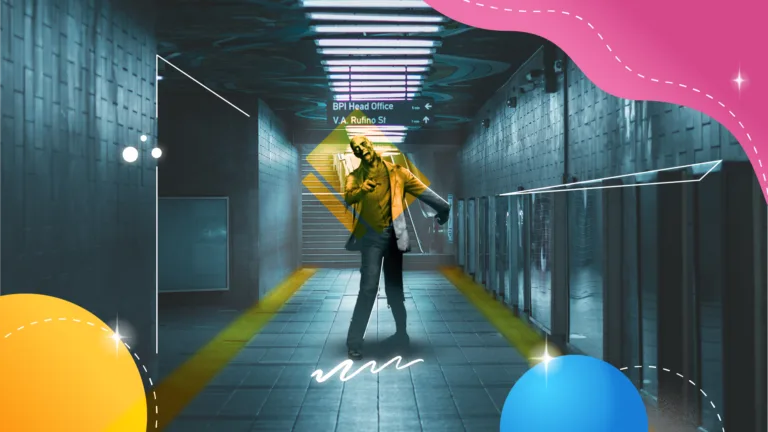What is editing?
Editing is an art form that requires skill, creativity, and precision. Directors and editors share a common goal: to create the best possible version of a story.
However, directors have the added advantage of being able to direct the action on set while editors are limited in what they can do in post-production. While directors have more control over their craft, there are still some things that editors can learn from them about editing.
By understanding how directors approach their craft, editors can gain insight into the tools and techniques they need to make their work stand out. This includes learning how to use video editing software effectively, as well as understanding the importance of pacing and timing when it comes to crafting a compelling story.
With these tips in mind, editors can take their skills to new heights and create stunning visuals for any project!
Exploring the Benefits of Collaboration Between Editors and Directors
When it comes to creating a successful movie collaboration between editors and directors is essential. By combining their unique perspectives and skillsets, they can create something truly remarkable. Directors bring the vision of the project to life while editors provide valuable insights into how to make it better.
The benefits of such a collaboration are numerous. Editors can help directors refine their ideas and ensure that the final product meets their creative vision. Directors can also benefit from editors’ feedback on pacing, structure, and other aspects of the project.
Both parties have an opportunity to learn from each other and create something that neither could have done alone.
Exploring Different Methods of Storytelling Through Director-Editor Collaboration
Storytelling is an essential part of filmmaking, and it is a key element of the director-editor collaboration. By exploring different methods of storytelling through editing, directors and editors can bring their creative visions to life in a unique way.
The director-editor collaboration is a powerful tool for creating compelling stories. Through different storytelling techniques, directors can use editing to create a unique perspective on the story they are telling. This gives them an opportunity to bring their own storyteller perspective to the edit and make sure that their vision is fully realized in the final product.
Director’s perspective
The way directors react to criticism and how open they are to the possibility that their artistic decisions aren’t working and might never work is another significant aspect in which they differ from one another. Nobody is yelling at the director, “That was a stupid idea, you must be the worst filmmaker ever.” Nevertheless, regardless of the method used to deliver the feedback, certain directors may hear that.
Showing the director the “initial assembly” is one of the most difficult steps in the creative process. It will require hours of more creative labor to progressively, iteratively improve what is currently the worst version of the project that will ever exist.
At this point, an editor needs to comprehend two key concepts. First off, the director is in a precarious and uneasy situation. Their project will soon be presented to them, flaws and all. As a result, they will require a reliable creative partner and collaborator to guide them through their future editorial journey.
Second, you’ll need to know how this particular director reacts to criticism because that reaction will reveal the editor’s best course of action.

Navigating the Challenges of Director-Editor Collaborations
Working with directors as an editor can be both rewarding and challenging. As an editor, you need to understand the director’s vision and collaborate with them to create a great piece of work. However, there are certain challenges that come with this collaboration that you need to be aware of and navigate in order to create the best possible outcome.
These challenges include understanding the director’s creative vision, managing expectations, dealing with difficult personalities, and more.
These challenges include understanding the director’s creative vision, managing expectations, dealing with difficult personalities, and more. Here we will discuss how editors can navigate these challenges when working with directors in order to create successful collaborations.
Creative Vision
It is extremely important for editors to get a snapshot of the director’s creative vision before beginning production. Directors are often not in a position to articulate their vision, so it can be up to the editor to take on this duty.
The first step in understanding the director’s vision is asking them what they want from an editor. If you are unsure about how your interactions with a director will go, then start off by talking about what kind of work they are interested in and if there is anything more specific that you want from them as well. This conversation will help establish a foundation so that both parties know what they are getting into.
The second step is having a meeting with the director in order to gain further insight into the vision. In a meeting, you can ask the director questions like: What is the project about? What kind of story do you want to tell? How long will it take? Who is your target audience? What type of creative freedom do you want from me as an editor?
Questions like these help editors and directors understand each other’s visions, which will result in a happier production process and more fruitful collaborations.
Delegation
One of the most difficult tasks for an editor is to decide what parts of the project they want to focus on. This can be a daunting process because the whole movie project is large and there are many moving pieces.
In order to mitigate some of the stress, editors should delegate responsibilities and tasks according to their strengths. For example, if someone has more experience with editing dialogue, that person should take care of that task while someone else focuses on sound design or color grading.
Conclusion
Not all connections between editors and directors go without a hitch. Working with “brilliant but difficult” directors may present a chance, but it is unlikely that it will be worthwhile in the long term or stand the test of time.









